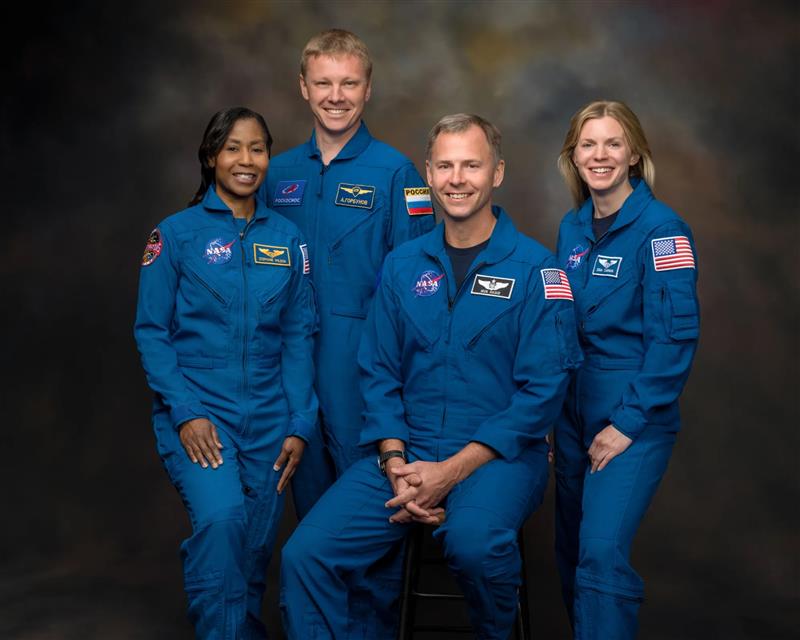
0 min read

Air Force
Secretary of Public Affairs
Space Force Guardian set to launch to International Space Station on NASA mission
ARLINGTON, Va. (AFNS) -- For the first time in the history of the U.S. Space Force, a Guardian is set to launch into space on a NASA mission to the International Space Station.
U.S. Space Force Col. Nick Hague will launch no earlier than August to the orbiting laboratory as the pilot on NASA’s Space X Crew-9 mission aboard the Dragon spacecraft along with his crewmates—Commander Zena Cardman, Mission Specialist Stephanie Wilson, and Roscomos cosmonaut Mission Specialist Aleksandr Gorbunov. Once they arrive to the space station, Hague will transition to the role of flight engineer where he, along with the crew, will conduct a wide-ranging set of operations and research activities for the duration of their more than six-month mission.
“The core of our mission on the space station is to perform science experiments and collect data,” Hague said. “The International Space Station provides a unique platform in microgravity, which allows researchers from around the world to explore and discover processes that could have significant impact on the behavior of our bodies and the environment around us both on Earth and off planet.”
Although this is Hague’s first spaceflight as a Guardian, this is his third launch to space and second mission to the orbiting laboratory. During his first mission in 2018, Hague experienced a rocket booster malfunction resulting in an in-flight launch abort. Five months later—in March 2019—Hague and his crew launched again, this time making it to the space station, and executing a 203-day mission, during which Hague conducted three spacewalks, totaling 19 hours and 56 minutes and participated in hundreds of experiments in biology, biotechnology, physical science and Earth science.
After returning from his mission in 2019, Hague transitioned to the Pentagon for a leadership rotation with the newly developed Space Force as its Director of Test and Evaluation. In 2021, while serving in this role, he transferred from the Air Force to Space Force.

The Department of Defense and NASA have a long history of collaboration, with roughly two-thirds of NASA astronauts having served in the U.S. Armed Forces. Hague continues this spirit of partnership, bringing his expertise and dedication to both government organizations.
“Being a part of this mission is a unique honor, but it’s truly a collective effort,” Hague said. “Guardians worldwide ensure safe and secure operations of critical systems for launch and on station. From GPS satellites that underpin our station navigation systems, to space domain awareness sites around the globe that help NASA prevent orbital debris from colliding with the space station, to the launch range that my crew will use when we liftoff, Guardians provide critical support without which our NASA human spaceflight program wouldn’t be possible.”
Hague will represent approximately 14,000 military and civilian Guardians who continue to support NASA and commercial missions in, from, and to space.
By Tech. Sgt. William A. O’Brien
Secretary of the Air Force Public Affairs
Share Article
Article Tags








